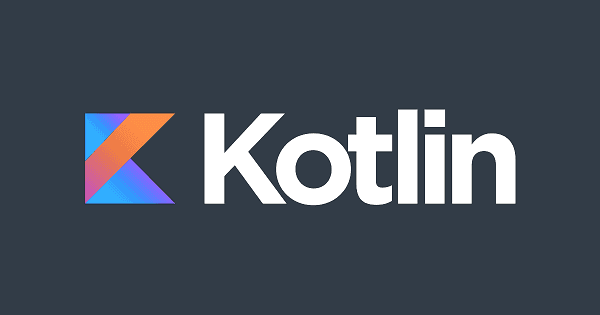

Relatively new programming language for iOS app development.Limited pool of experienced Swift developers.Known development issues with syntax highlighting and refactoring.Suitable only for iOS apps with version iOS 7 or later.Here are some leading cons or reasons for not using the Swift language: Easy integration with third-party tools like Cocoa Touch, Sentry, and Airbrake.Support for dynamic libraries that prevent memory clogging.Use of high performing LLVM compiler for faster code execution.Improved code quality that is easier to maintain.An open-source language that is compatible with cross platforms including Apple and Linux.Easier to code – along with code reusability.Here are some leading pros or reasons for using the Swift language: A few popular iOS apps developed using Swift include Slack, Facebook, and Uber. Among its main strengths, Swift is highly intuitive for most Apple operating systems – and cuts down on app development time and even app crashes that were regular with the previous iOS programming languages.Īmong its many use cases, Swift has been widely used for creating apps for Apple platforms like iOS, Apple TV, macOS, and Apple Watch. Before Swift, Objective C was primarily used for developing most iOS apps. Introduced by Apple in the year 2014, Swift has now emerged as the programming language of choice for most Apple iOS apps. Here is a look at three popular programming languages – Swift, Java, and Kotlin – that are used in creating iOS apps. So, which is the best programming language or tool for creating Apple iOS apps? Before creating your next iOS app, you should consider the best coding language that will serve your app requirements. Plus, around 30,000 new iOS apps are being added to the store every month. Going by Statista figures for July 2020, there are almost 4.4 billion iOS apps that are available in the Apple app store.


 0 kommentar(er)
0 kommentar(er)
